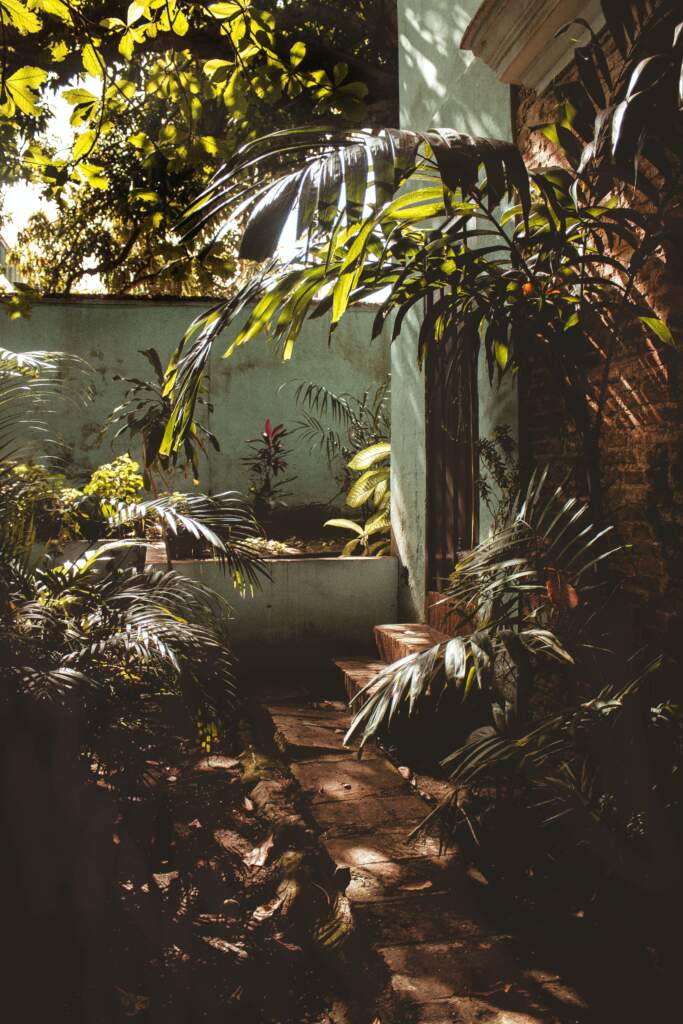
Puerto Rico, a lush Caribbean island with a complex cultural history, has always had a deep-rooted connection with its native flora. From the indigenous Taíno people to the modern-day inhabitants, native plants have played a significant role in shaping Puerto Rican culture, traditions, and even spirituality. The unique relationship Puerto Ricans have with their native plants goes beyond mere aesthetics or ecological conservation—it is an integral aspect of their identity.
Spiritual and Medicinal Uses
The indigenous Taíno people of Puerto Rico had an extensive knowledge of the island’s flora, which they utilized for various purposes, including medicine and spiritual practices. Plants like the Ceiba tree held sacred status, believed to act as a bridge between the earthly realm and the spiritual world. Today, a modern resurgence in traditional herbal medicine has led to a renewed interest in the medicinal properties of native plants like the “moringa” (Moringa oleifera) and “anamu” (Petiveria alliacea), both used for their supposed health benefits.
Culinary Traditions
Puerto Rican cuisine is a flavorful mix of indigenous, African, and Spanish influences, and native plants play a significant role in this culinary fusion. For example, the achiote (Bixa orellana) seeds are used for their red pigment, both as a food coloring and as a spice, mainly in dishes like “arroz con pollo” (chicken with rice) or to marinate meats. The leaves of the culantro plant (Eryngium foetidum), locally known as “recao,” are an essential ingredient in Puerto Rican “sofrito,” a sautéed mix of vegetables and spices that serves as the base for many dishes. Yautia (Xanthosoma) and malanga (Colocasia esculenta), both native to the island, are starchy tubers often used in soups, stews, and “alcapurrias,” a type of fried fritter.
Economic Contributions
Native plants like the coffee bush (Coffea arabica) have historically contributed to Puerto Rico’s economy. The island’s coffee, grown in the central mountainous region, is considered some of the finest in the world. Sugarcane, although not native, has also been an economic staple, but it is the native “guanabana” (soursop) and “parcha” (passionfruit) that have started to garner attention as boutique and specialty crops, valued both locally and for export.
Cultural Symbols and Folklore
Plants like the “flor de maga” (Thespesia grandiflora), Puerto Rico’s national flower, have transcended their botanical status to become cultural symbols. The maga tree is endemic to Puerto Rico, and its striking, hibiscus-like flowers are a source of national pride. Similarly, the Ceiba tree has not only spiritual significance but also serves as a living monument of history and folklore. Many communities across the island have old Ceiba trees in public squares or near churches, which act as gathering places and are often the subjects of local legends.
Environmental Stewardship
Understanding the importance of native plants in their culture has led many Puerto Ricans to become staunch advocates for environmental conservation. Campaigns to protect endangered species and efforts to reforest areas with native plants are gaining momentum. Nonprofits and community groups often collaborate in educational programs to promote the importance of native plants, both for their cultural value and their role in local ecosystems.
Contemporary Resurgence
The modern movement toward sustainable living and organic farming has further solidified the role of native plants in Puerto Rican culture. Younger generations are rediscovering the knowledge held by their ancestors, learning to cultivate and use native plants for food, medicine, and sustainable living practices. Moreover, the aesthetic appeal of native plants, including ferns and orchids, is seeing a resurgence in popularity, as people seek to create gardens and living spaces that are uniquely Puerto Rican.
When it comes to houseplants and indoor trees, Puerto Rico boasts an abundant range of species that can brighten up any living space. The island’s tropical climate and diverse ecosystems are fertile grounds for lush vegetation, many of which have been popularized for indoor care around the world. Whether you’re a seasoned horticulturist or a plant care novice, these native Puerto Rican plants offer beauty, air-purification, and even historical significance.
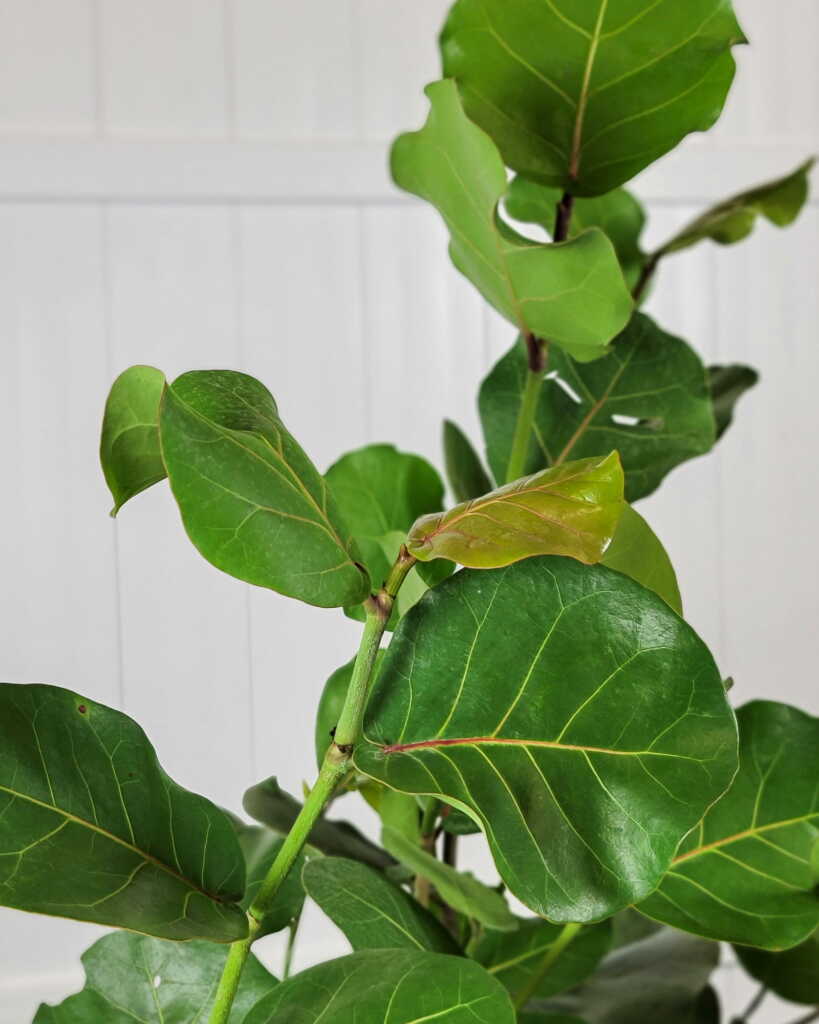
Sea Grape
Coccoloba uvifera (Sea Grape)
A coastal plant, the Coccoloba uvifera is adapted to sandy soils and salty winds. Its broad, round leaves turn a deep red when exposed to the sun. Historically, its grapes were an essential food source for the indigenous Taino people. As a house plant, it’s appreciated for its resilience and the unique grape-like clusters it produces.
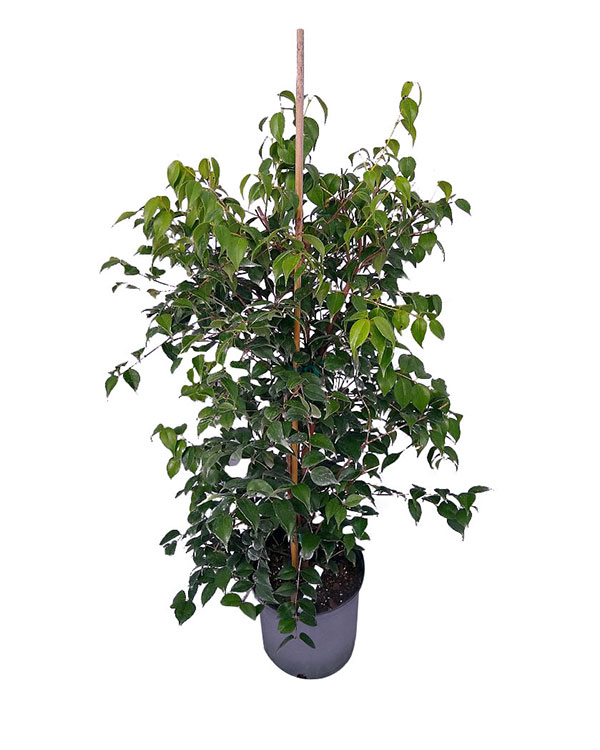
Eugenia confusa, Redberry Stopper
Eugenia confusa (Red Berry Stopper)
This evergreen shrub produces attractive red berries, which are a delightful contrast to its dark green leaves. Native Puerto Ricans, the Taino, likely consumed its fruits and made use of its wood. In homes, it adds a dash of color and can be pruned to desired shapes.
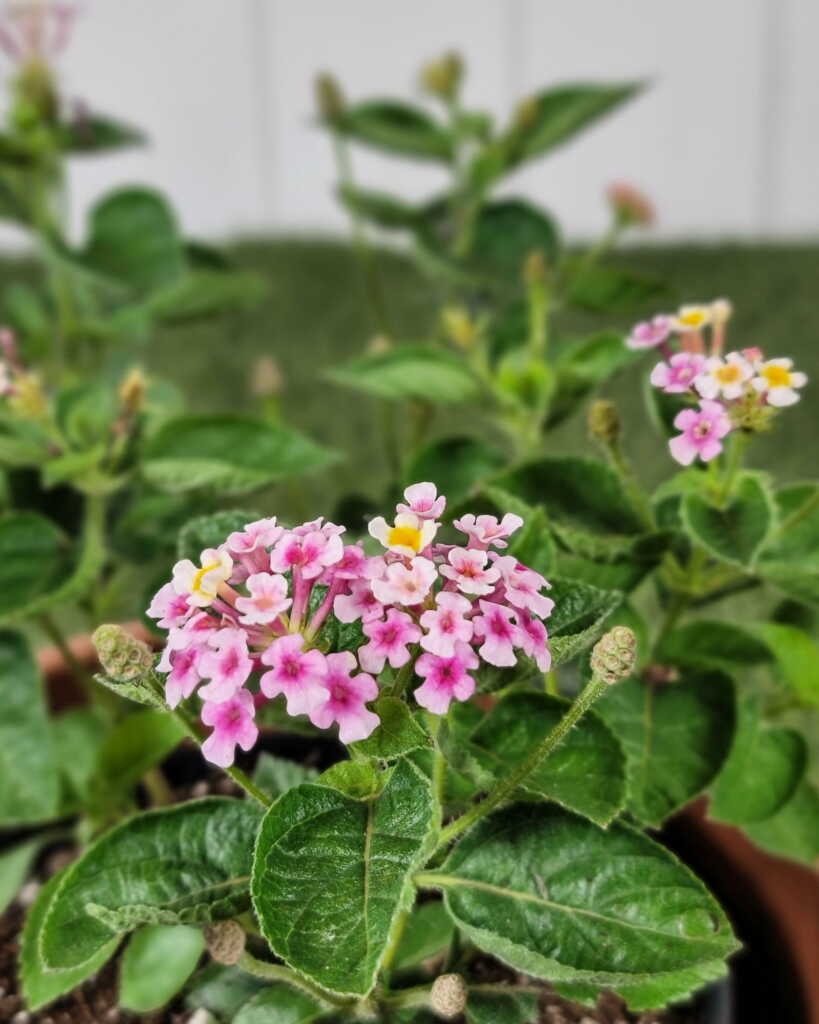
Confetti Lantana camara
Lantana camara
Though this plant can be found in various parts of the world today, it’s native to the Caribbean. The Lantana camara produces dense clusters of vibrant flowers that can range from pink to yellow. Historically, its strong scent made it a favorite for indigenous ceremonies. In homes, its continuous bloom cycle keeps spirits lifted.
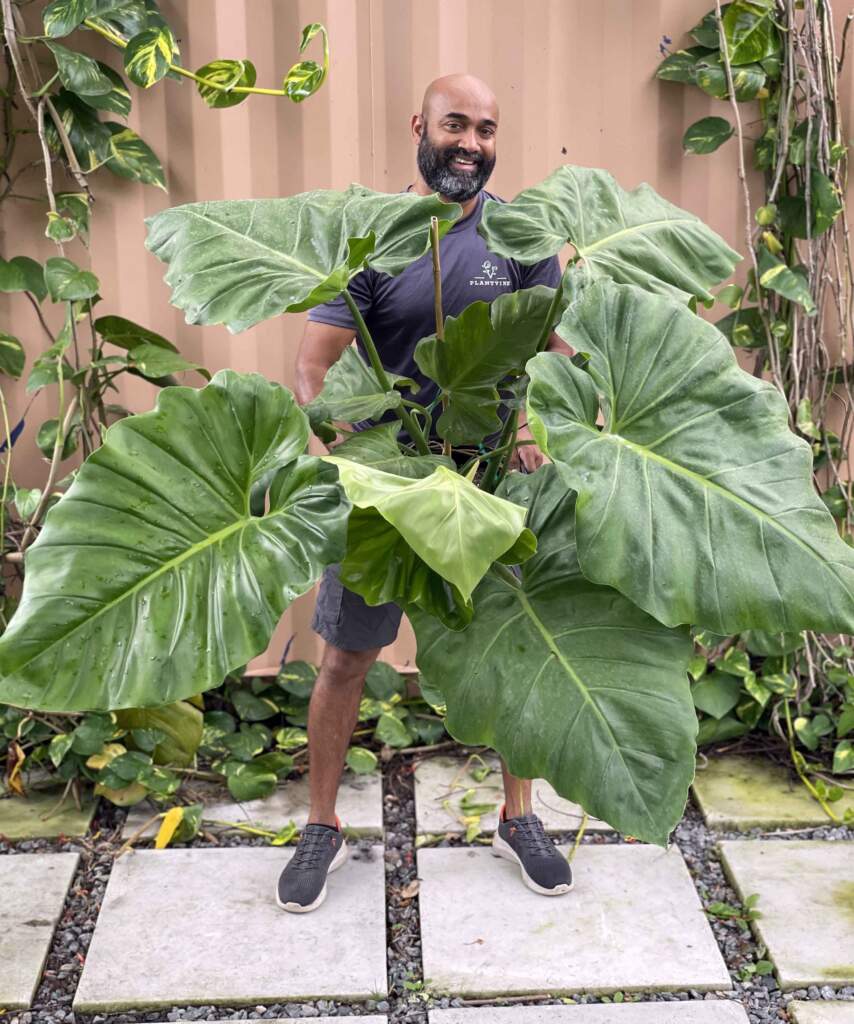
Philodendron giganteum
Philodendron giganteum
True to its name, this philodendron variety has enormous heart-shaped leaves. Rooted deep in the Puerto Rican rainforests, it’s a plant lover’s delight, giving homes a verdant, tropical feel. It’s a testament to the island’s lush biodiversity.
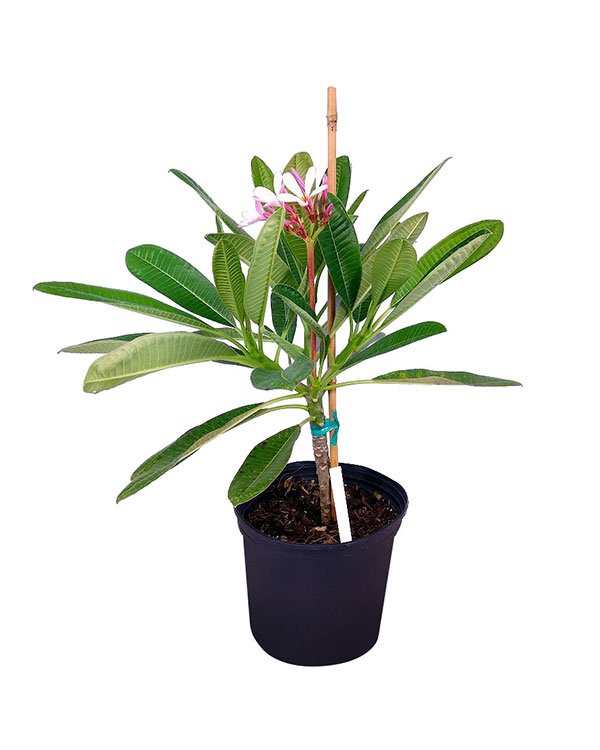
Plumeria obtusa ‘Dwarf Singapore Pink’, Frangipani ‘Dwarf Singapore Pink’
Small but Sensational
If you’re yearning for a tropical look, but your garden can’t accommodate a full size tree, consider the Dwarf Singapore Pink Frangipani. Its pale pink blossoms captivate passers-by, and offer up a lemony citrus scent. Its leaves are bright green and semi-glossy.
The mature Dwarf Singapore Pink can grow to 4 ft. tall in indoor pots. Planted in your yard, make …
Plumeria obtusa (Frangipani)
This plant’s intoxicating fragrance and serene white flowers are synonymous with tropical paradise. Native to Puerto Rico, the Plumeria is deeply embedded in its folklore and has also been used in traditional medicines. In homes, it’s a promise of an everlasting summer.
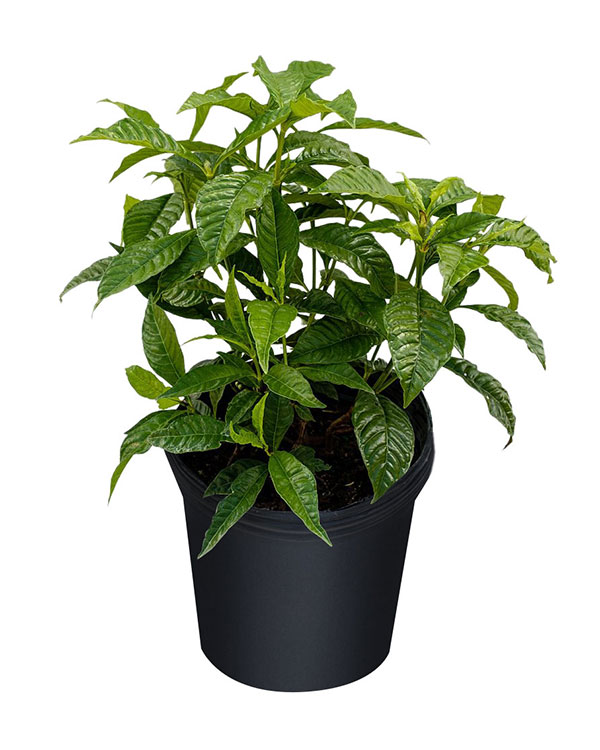
Wild Coffee Bush
Psychotria nervosa (Wild Coffee)
Contrary to its name, this plant doesn’t produce the coffee we drink, but its red berries do resemble coffee beans. The Taino people had various uses for it, from medicinal to ornamental. As a house plant, its shiny leaves and contrastive berries make it stand out.
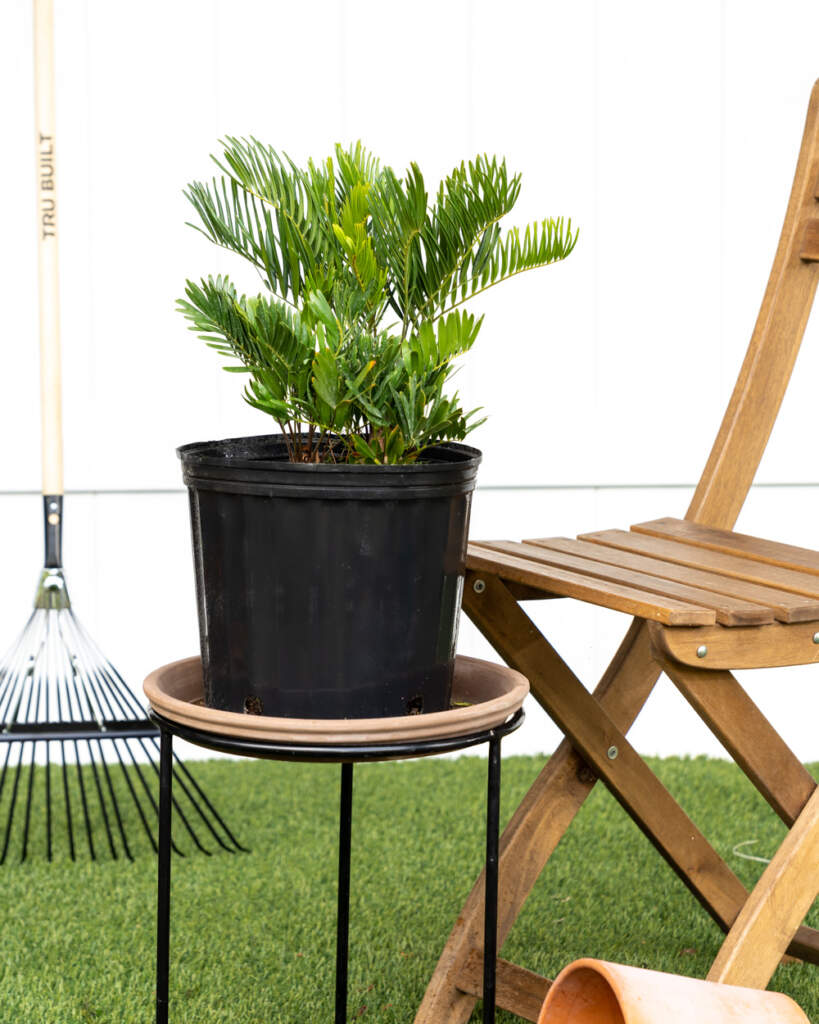
Florida Coontie
Zamia pumila (Coontie Palm)
Though termed a ‘palm’, this plant is more closely related to conifers. The Taino people processed its toxic roots to extract a starchy food. Today, in homes, it’s cherished for its architectural beauty and fern-like appearance.
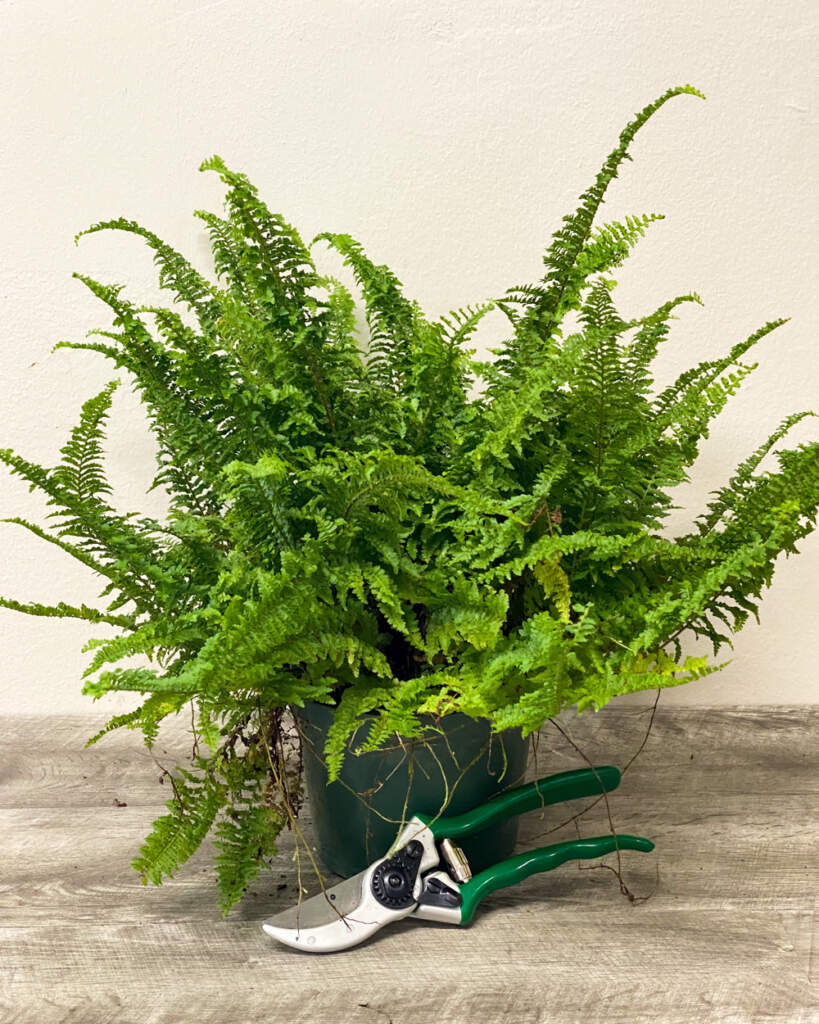
Nephrolepis exaltata ‘Fluffy Ruffles’, Fern
Nephrolepis exaltata (Boston Fern)
While not all ferns are native to Puerto Rico, the Nephrolepis exaltata, or commonly known as the Boston fern, is a Puerto Rican native that has become a popular houseplant. This fern thrives in high-humidity environments and requires moderate light, making it an excellent addition to bathrooms or kitchens. Moreover, it is recognized for its air-purifying qualities, known for removing pollutants like formaldehyde and xylene.
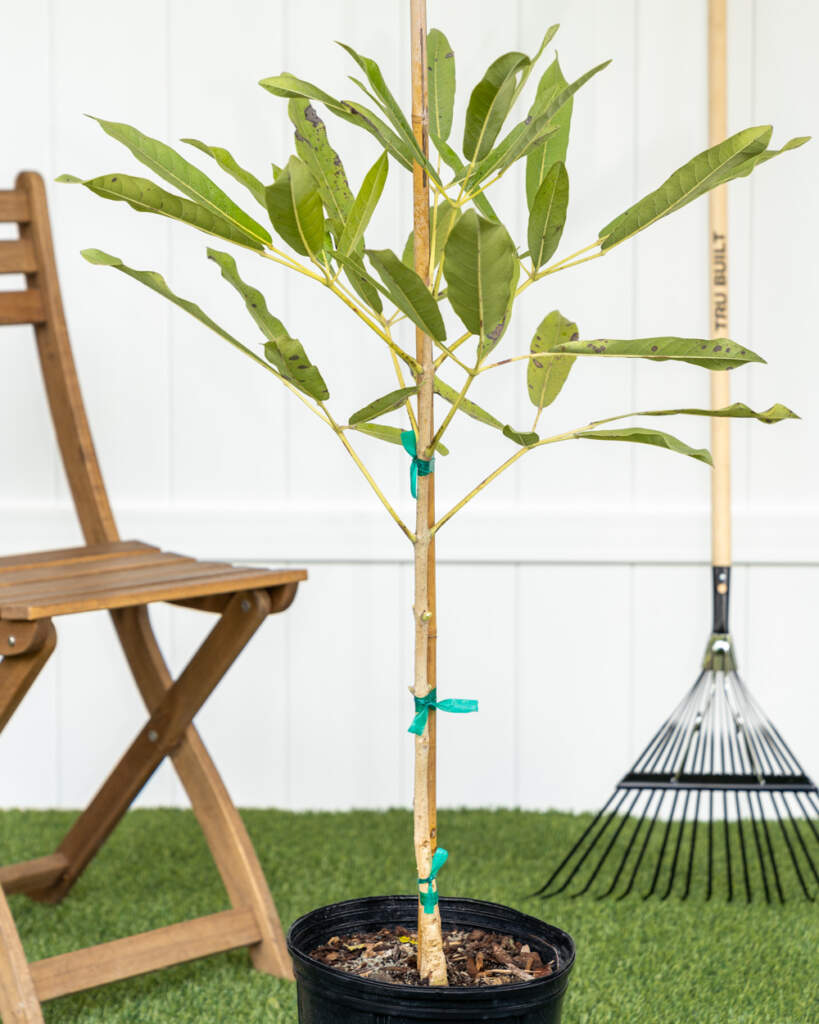
Pink Tabebuia Trumpet Tree
Tabebuia heterophylla (Pink Trumpet Tree)
Last but certainly not least, this deciduous tree is famous for its splendid pink blossoms. A symbol of Puerto Rico’s spring, it’s a festival of color in any setting. As a house plant, it requires patience as it grows, but rewards with a breathtaking bloom.
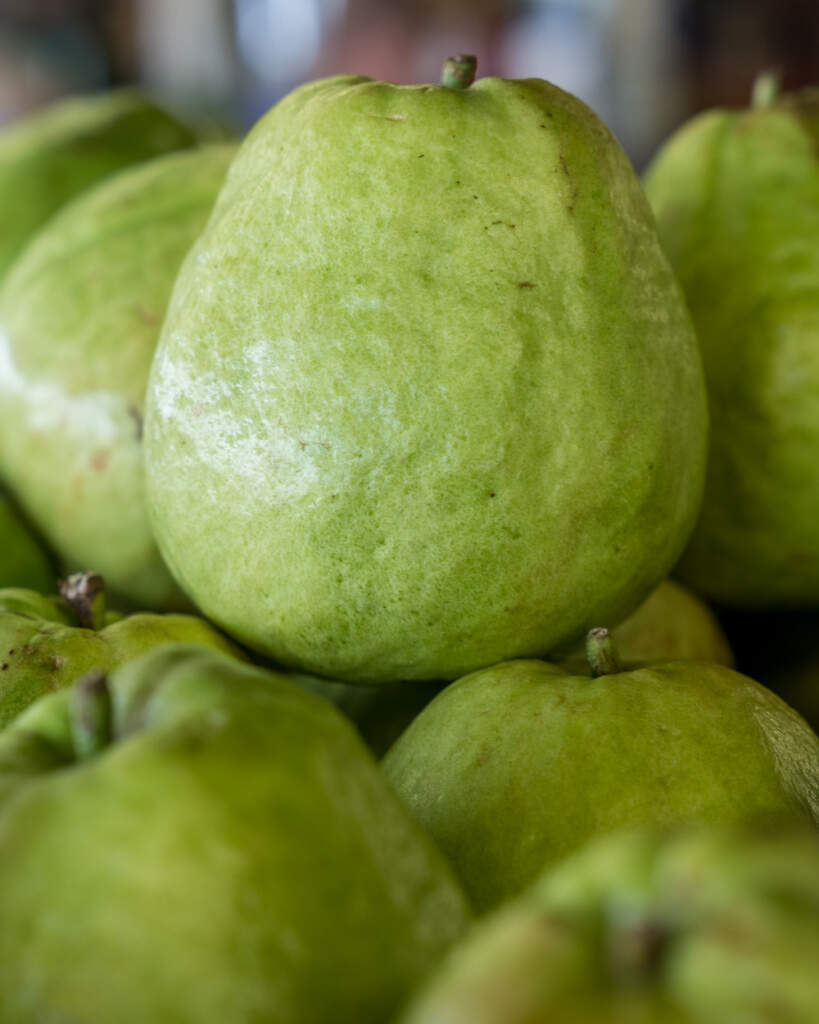
Psidium guajava ‘White’, Guava
Psidium guajava (Guava Fruit)
Guava is incredibly versatile, thriving in both tropical and subtropical climates. The fruit has been embraced in various cultures not only for its sweet and tangy flavor but also for its medicinal properties, often used in traditional remedies. Its adaptability and rich nutrient profile have cemented guava’s place as a beloved fruit around the globe.
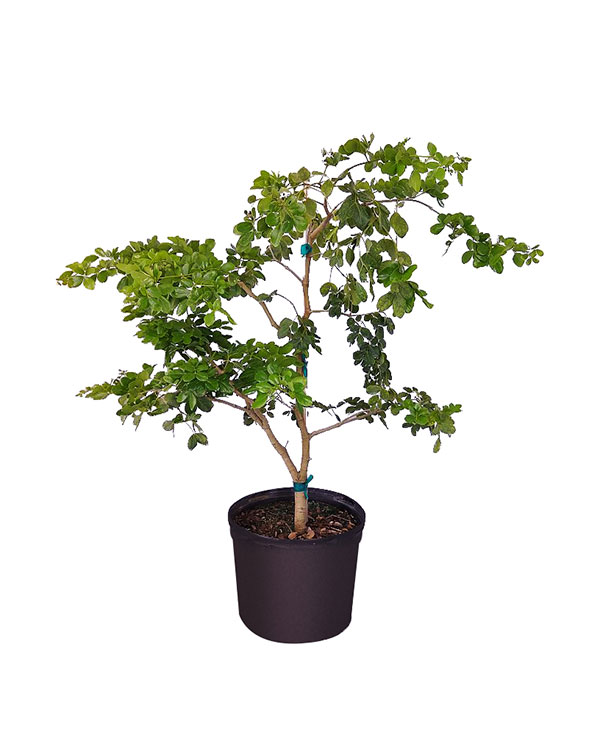
Lignum vitae ‘Officinale’
Guaiacum offinale (Lignum Vitae)
Lignum vitae, also known as “wood of life,” is a hardwood that is native to the tropical regions of the Americas, including the Caribbean. Renowned for its exceptional durability and density, it is one of the heaviest and hardest woods in the world. Lignum vitae is rich in natural oils, making it self-lubricating and highly resistant to moisture and decay. Traditionally, it has been used for applications requiring strength and resilience, such as shipbuilding, heavy-duty bearings, and mallets.
Final Thoughts
Puerto Rico’s rich flora offers a plethora of options for those interested in adding a tropical flair to their indoor spaces. From the easy-to-care-for ferns and philodendrons to the more challenging orchids and indoor trees like Tabonuco, there’s something for everyone. As a bonus, you can feel good knowing that you’re supporting biodiversity by choosing plants native to this beautiful Caribbean island. So go ahead, bring a slice of Puerto Rico into your home today!



I am trying to find a source for Coccoloba pubescens and Coccoloba rugosa seeds, seedlings, or air layers that can be mailed to Louisiana. Please advise. Thanks Jim
This is currently the only coccoloba that is available: https://www.plantvine.com/product/coccoloba-uvifera-sea-grape-seagrape/
I am looking for a plant named “Araijan” is what my mother called it, I believe it’s native to Puerto Rico. No one seems to have heard of it. I would like to know what it’s called in English. Maybe then I could find it. Thanks for any information.
You can try submitting your special request here and maybe one of our nursery experts will know what you are looking for. https://www.plantvine.com/contact-us-special-request/